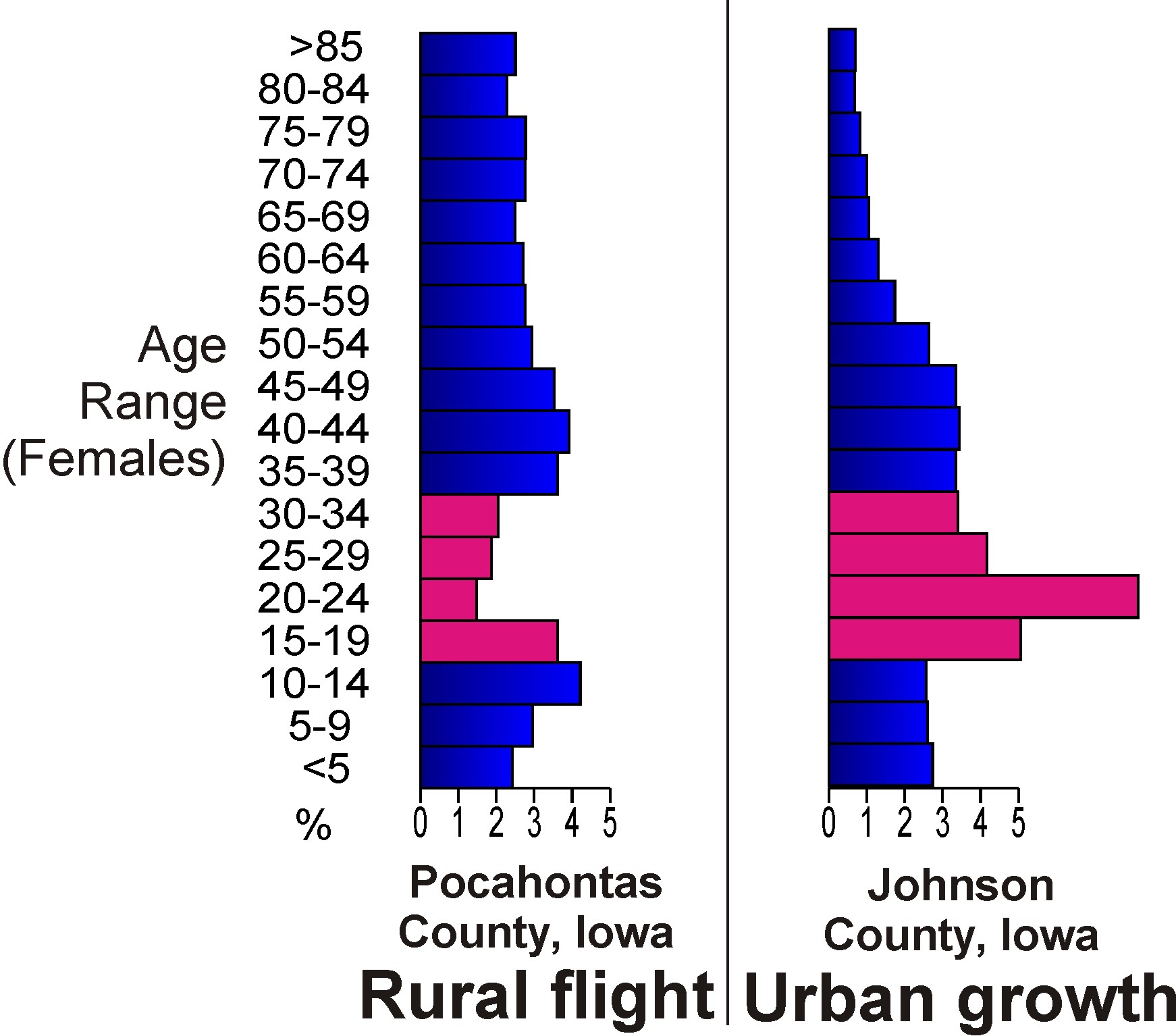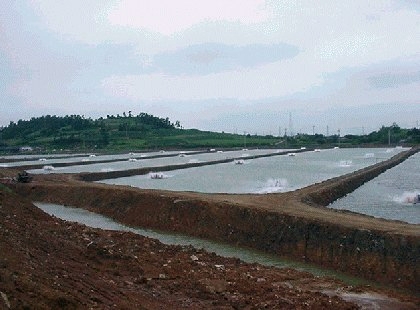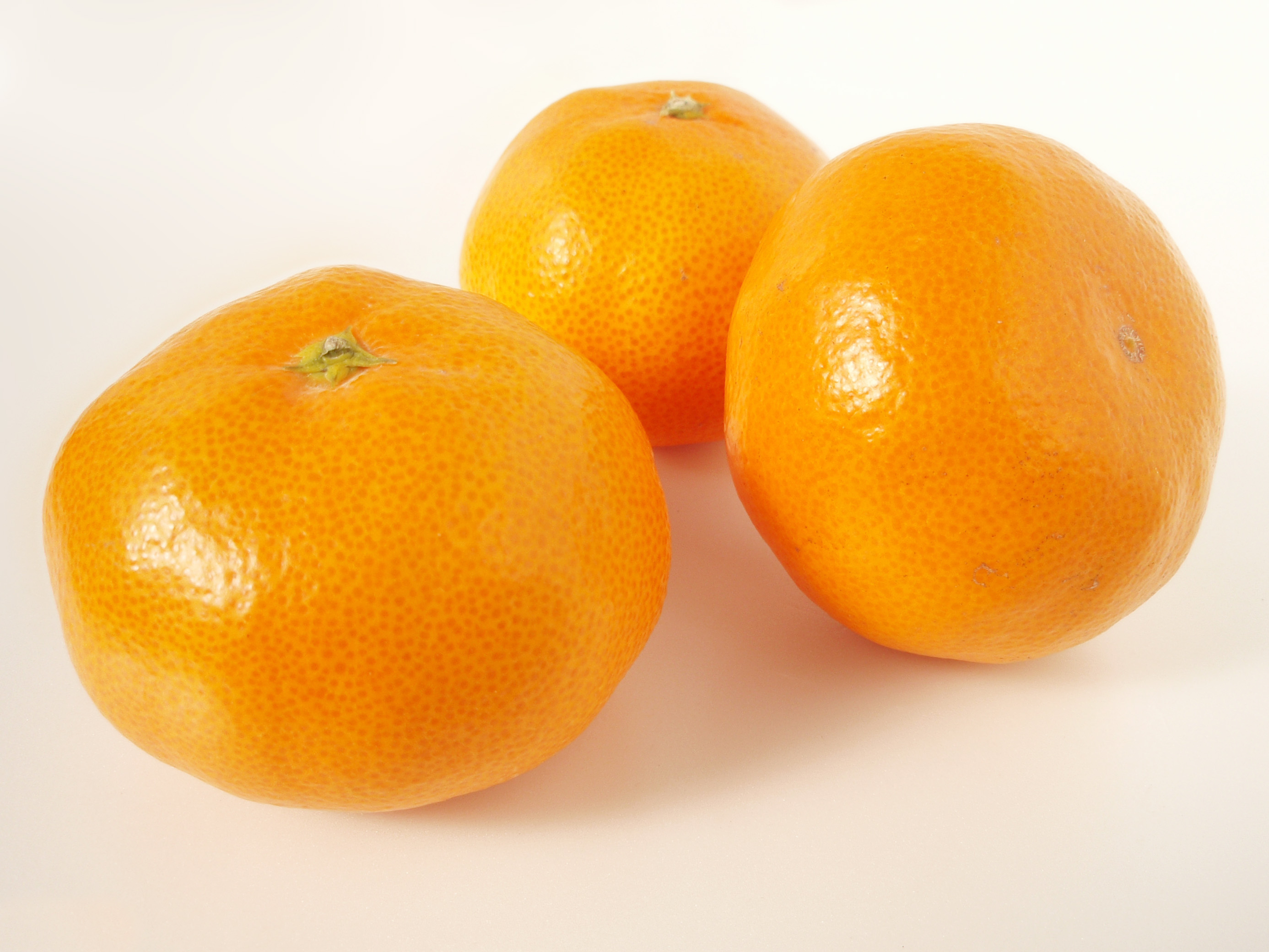|
Nii Ōshima
, or sometimes just , is an inhabited island located roughly 1.5 kilometers northeast of the city of Niihama (which it is officially a part of) in Ehime Prefecture, Japan. Geography Nii Ōshima is located in the Seto Inland Sea. It has a circumference of approximately 8 kilometers and a total area of . The island is mostly hilly, with its highest point at 146.48 meters above sea level. The northern part of the island is covered with dense forests, has many cliffs. The main settlement is in the southern part of the island. There is a ferry that runs between Nii Ōshima and Niihama approximately once every hour, taking fifteen minutes to complete a one-way journey. At one point, there was the possibility that a bridge might be built to connect Ōshima and Shikoku, but these plans are now considered unlikely. There is no public transportation on the island, but there is a road that circles the island. History Nii Ōshima was the birthplace of Murakami Yoshihiro (d.1374), founde ... [...More Info...] [...Related Items...] OR: [Wikipedia] [Google] [Baidu] |
Geiyo Islands
The are a group of islands in the Seto Inland Sea, under the administration of Hiroshima Prefecture and Ehime Prefecture. Some of the largest islands in the archipelago are connected by the Nishiseto Expressway bridge system connecting Honshu and Shikoku, as well as the Akinada Tobishima Kaido from Kure, Hiroshima. The Geiyo Archipelago is roughly defined as lying in the western part of Seto Inland Sea, from to . A narrower definition of the archipelago only includes the islands between the former provinces of Iyo Province, Iyo and Bizen Province, Bizen. The islands in Hiroshima Bay, most notably Etajima and Kurahashi-jima, are therefore excluded from the latter definition. Economy and industry Due to the calm yet deep waters of the Seto Inland Sea, the Geiyo Islands are one of the main hubs of shipbuilding, fishing, and aquaculture in Japan. List of islands The largest islands in the group, each with an area of more than 20 km2, are: *Hakata, Ehime, Hakata *Ikuchi-jima * ... [...More Info...] [...Related Items...] OR: [Wikipedia] [Google] [Baidu] |
Seto Inland Sea
The , sometimes shortened to the Inland Sea, is the body of water separating Honshu, Shikoku, and Kyushu, three of the four main islands of Japan. It serves as a waterway connecting the Pacific Ocean to the Sea of Japan. It connects to Osaka Bay and provides a sea transport link to industrial centers in the Kansai region, including Osaka and Kobe. Before the construction of the San'yō Main Line, it was the main transportation link between Kansai and Kyūshū. Yamaguchi, Hiroshima, Okayama, Hyōgo, Osaka, Wakayama, Kagawa, Ehime, Tokushima, Fukuoka, and Ōita prefectures have coastlines on the Seto Inland Sea; the cities of Hiroshima, Iwakuni, Takamatsu, and Matsuyama are also located on it. The Setouchi region encompasses the sea and surrounding coastal areas. The region is known for its moderate climate, with a stable year-round temperature and relatively low rainfall levels. The sea experiences periodic red tides caused by dense groupings of certain phytoplankton th ... [...More Info...] [...Related Items...] OR: [Wikipedia] [Google] [Baidu] |
Niihama, Ehime
file:Niihama-city-office.JPG, 270px, Niihama City Hall file:Niihama city center area Aerial photograph.2010.jpg, 270px, Aerial View of Central Niihama is a Cities of Japan, city located in the eastern part of Ehime Prefecture, Japan. , the city had an estimated population of 115,824 in 57,781 households and a population density of 490 persons per km². The total area of the city is . It has the third largest population in Ehime, behind the prefectural capital of Matsuyama, Ehime, Matsuyama and the recently expanded city of Imabari, Ehime, Imabari. It is famous for its Besshi copper mine as well as the annual Niihama Taiko Festival (also known as "The Man Festival", ''otokomatsuri'' 男祭り) that is the center of annual drunken and boisterous activity and draws tourists from around the country. Geography Niihama is positioned in the north-center area of the island of Shikoku, in the eastern part of Ehime Prefecture. Niihama is enveloped by mountains to the south and east, hills ... [...More Info...] [...Related Items...] OR: [Wikipedia] [Google] [Baidu] |
Ehime Prefecture
is a Prefectures of Japan, prefecture of Japan located on the island of Shikoku. Ehime Prefecture has a population of 1,334,841 and a geographic area of 5,676 km2 (2,191 sq mi). Ehime Prefecture borders Kagawa Prefecture to the northeast, Tokushima Prefecture to the east, and Kōchi Prefecture to the southeast. Matsuyama is the capital and largest city of Ehime Prefecture and the largest city on Shikoku, with other major cities including Imabari, Ehime, Imabari, Niihama, and Saijō, Ehime, Saijō. Notable past Ehime residents include three Nobel Prize winners: Kenzaburo Oe (1994 Nobel Prize in Literature), Shuji Nakamura (2014 Nobel Prize in Physics), and Syukuro Manabe (2021 Nobel Prize in Physics). History Until the Meiji Restoration, Ehime Prefecture was known as Iyo Province. Since before the Heian period, the area was dominated by fishermen and sailors who played an important role in defending Japan against pirates and Mongols, Mongolian invasions. After the Battle of ... [...More Info...] [...Related Items...] OR: [Wikipedia] [Google] [Baidu] |
Japan
Japan is an island country in East Asia. Located in the Pacific Ocean off the northeast coast of the Asia, Asian mainland, it is bordered on the west by the Sea of Japan and extends from the Sea of Okhotsk in the north to the East China Sea in the south. The Japanese archipelago consists of four major islands—Hokkaido, Honshu, Shikoku, and Kyushu—and List of islands of Japan, thousands of smaller islands, covering . Japan has a population of over 123 million as of 2025, making it the List of countries and dependencies by population, eleventh-most populous country. The capital of Japan and List of cities in Japan, its largest city is Tokyo; the Greater Tokyo Area is the List of largest cities, largest metropolitan area in the world, with more than 37 million inhabitants as of 2024. Japan is divided into 47 Prefectures of Japan, administrative prefectures and List of regions of Japan, eight traditional regions. About three-quarters of Geography of Japan, the countr ... [...More Info...] [...Related Items...] OR: [Wikipedia] [Google] [Baidu] |
Muromachi Period
The , also known as the , is a division of Japanese history running from approximately 1336 to 1573. The period marks the governance of the Muromachi or Ashikaga shogunate ( or ), which was officially established in 1338 by the first Muromachi ''shōgun'', Ashikaga Takauji, two years after the brief Kenmu Restoration (1333–1336) of imperial rule was brought to a close. The period ended in 1573 when the 15th and last shogun of this line, Ashikaga Yoshiaki, was driven out of the capital in Kyoto by Oda Nobunaga. From a cultural perspective, the period can be divided into the Kitayama and Higashiyama cultures (later 15th – early 16th centuries). The early years from 1336 to 1392 of the Muromachi period are known as the or Northern and Southern Court period. This period is marked by the continued resistance of the supporters of Emperor Go-Daigo, the emperor behind the Kenmu Restoration. The Sengoku period or Warring States period, which begins in 1465, largely overlaps ... [...More Info...] [...Related Items...] OR: [Wikipedia] [Google] [Baidu] |
Sengoku Period
The was the period in History of Japan, Japanese history in which civil wars and social upheavals took place almost continuously in the 15th and 16th centuries. The Kyōtoku incident (1454), Ōnin War (1467), or (1493) are generally chosen as the period's start date, but there are many competing historiographies for its end date, ranging from 1568, the date of Oda Nobunaga#Ise campaign, Omi campaign, and march to Kyoto, Oda Nobunaga's march on Kyoto, to the suppression of the Shimabara Rebellion in 1638, deep into what was traditionally considered the Edo period. Regardless of the dates chosen, the Sengoku period overlaps substantially with the Muromachi period (1336–1573). This period was characterized by the overthrow of a superior power by a subordinate one. The Ashikaga shogunate, the ''de facto'' central government, declined and the , a local power, seized wider political influence. The people rebelled against the feudal lords in revolts known as . The period saw a break ... [...More Info...] [...Related Items...] OR: [Wikipedia] [Google] [Baidu] |
Shikoku
is the smallest of the List of islands of Japan#Main islands, four main islands of Japan. It is long and between at its widest. It has a population of 3.8 million, the least populated of Japan's four main islands. It is south of Honshu and northeast of Kyushu. Shikoku's ancient names include , , and , and its current name refers to the four former provinces of Japan, provinces that make up the island: Awa Province (Tokushima), Awa, Tosa Province, Tosa, Sanuki Province, Sanuki, and Iyo Province, Iyo. Geography Shikoku Island, comprising Shikoku and its surrounding islands, covers about and consists of four Prefectures of Japan, prefectures: Ehime Prefecture, Ehime, Kagawa Prefecture, Kagawa, Kōchi Prefecture, Kōchi, and Tokushima Prefecture, Tokushima. Across the Seto Inland Sea lie Wakayama Prefecture, Wakayama, Osaka Prefecture, Osaka, Hyōgo Prefecture, Hyōgo, Okayama Prefecture, Okayama, Hiroshima Prefecture, Hiroshima, and Yamaguchi Prefectures on Honshu. To th ... [...More Info...] [...Related Items...] OR: [Wikipedia] [Google] [Baidu] |
Rural Depopulation
Rural flight (also known as rural-to-urban migration, rural depopulation, or rural exodus) is the migratory pattern of people from rural areas into urban areas. It is urbanization seen from the rural perspective. In industrializing economies like Britain in the eighteenth century or East Asia in the twentieth century, it can occur following the industrialization of primary industries such as agriculture, mining, fishing, and forestry—when fewer people are needed to bring the same amount of output to market—and related secondary industries (refining and processing) are consolidated. Rural exodus can also follow an ecological or human-caused catastrophe such as a famine or resource depletion. These are examples of push factors. People can also move into town to seek higher wages, educational access and other urban amenities; examples of pull factors. Once rural populations fall below a critical mass, the population is too small to support certain businesses, which ... [...More Info...] [...Related Items...] OR: [Wikipedia] [Google] [Baidu] |
Shrimp Farming
Shrimp farming is a form of aquaculture that takes place in marine or freshwater environments, producing shrimp or prawns (crustaceans of the groups Caridea or Dendrobranchiata) for human consumption. However, the industry has raised concerns about environmental damage to mangrove ecosystems, reliance on slave labor, and animal welfare issues. Marine Commercial marine shrimp farming began in the 1970s, and production grew steeply, particularly to match the market demands of the United States, Japan, and Western Europe. The total global production of farmed shrimp reached more than 2.1 million tonnes in 1991, representing a value of nearly US$9 billion. About 30% of farmed shrimp is produced in Asia, particularly in China and Indonesia. The other 54.1% is produced mainly in Latin America, where Brazil, Ecuador, and Mexico are the largest producers. The largest exporting nation is Indonesia. Shrimp farming has changed from traditional, small-scale businesses in Southeast Asia i ... [...More Info...] [...Related Items...] OR: [Wikipedia] [Google] [Baidu] |
Mikan
''Citrus unshiu'' is a semi-seedless and easy-peeling citrus species, also known as the satsuma mandarin or Japanese mandarin. During the Edo period of Japan, kishu mikans were more popular because there was a popular superstition that eating ''Citrus unshiu'' without seeds made people prone to infertility. ''Citrus unshiu'' became popular in Japan after modernization started in the Meiji period. It was introduced to the West from the Satsuma region of Japan in 1878. ''Citrus unshiu'' was named after Unshu (Wenzhou), a famous production area of ''Citrus'' species in China, in the late Edo period of Japan. Before the name ''unshu mikan'' was established in Japan, it was called ''nakajima mikain'' or ''nagashima mikan'' after the place name of Nishi-Nakajima in Amakusa District of the Higo Province (later Nagashima, Kagoshima), where the species is said to have been born. There are two theories about the origin of the ''Citrus unshiu''. One is that ''Citrus unshiu'' originated ... [...More Info...] [...Related Items...] OR: [Wikipedia] [Google] [Baidu] |
Potato
The potato () is a starchy tuberous vegetable native to the Americas that is consumed as a staple food in many parts of the world. Potatoes are underground stem tubers of the plant ''Solanum tuberosum'', a perennial in the nightshade family Solanaceae. Wild potato species can be found from the southern United States to southern Chile. Genetic studies show that the cultivated potato has a single origin, in the area of present-day southern Peru and extreme northwestern Bolivia. Potatoes were domesticated there about 7,000–10,000 years ago from a species in the '' S. brevicaule'' complex. Many varieties of the potato are cultivated in the Andes region of South America, where the species is indigenous. The Spanish introduced potatoes to Europe in the second half of the 16th century from the Americas. They are a staple food in many parts of the world and an integral part of much of the world's food supply. Following millennia of selective breeding, there are now over 5 ... [...More Info...] [...Related Items...] OR: [Wikipedia] [Google] [Baidu] |







